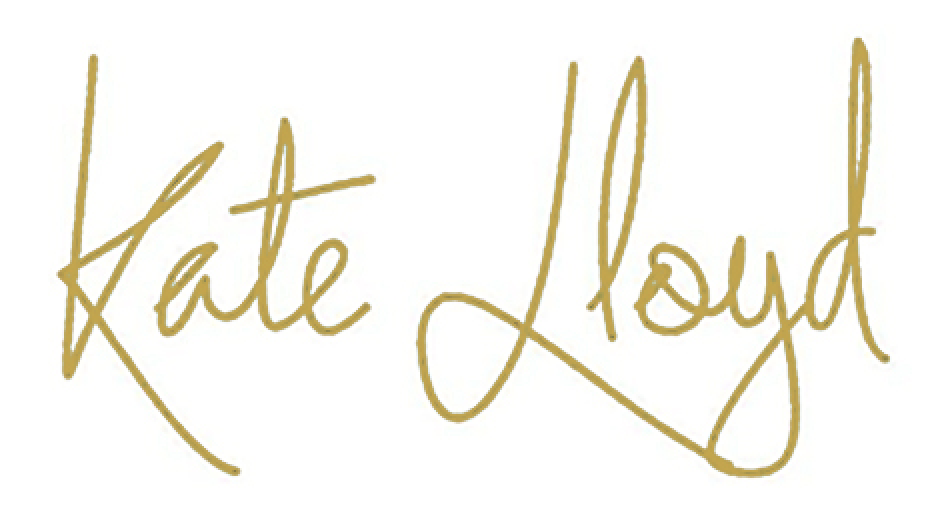I have realised over the 15+ years I have been doing photography professionally, how important the quality of the print is to me and to the client.
When I was 21 I had a Limited Edition print for my birthday – the subject matter was a lobster! However the most important reason for telling you about it is that it is still hanging on the wall in my living room, and is still exactly the same as when I was 21 all those (far too many) years ago.

I’m sure you have all had prints that faded, bleached or changed colour, and I certainly have as a customer. As a provider I decided very early on that professional printing by experts was well worth the additional cost to me. I haven’t done my own printing for several years now because the quality is absolutely critical when providing high end images, especially as Limited Edition prints.
Printing is chemistry and involves a reaction between the inks and the paper, and can give very different results between different types of inks and different types of paper
I love black and white images and my ‘brand image’ is a Lusitano stallion in his stable in black and white. It helps that the stable is a glorious 18th Century building in Portugal with columns and chandeliers and beautiful light glancing in between the columns. However I mention it here because I want to tell you about paper testing. Before I decided what type of paper my Limited Editions should be printed on I did a test of this image on a set of different types of archival paper. The image is especially suitable as there is a lot of ‘grain’ in the columns, so part of the test was how this would look too.
Here are the results, and you can see that even the quality of the black and white has a different colouring between the different papers. This is a series of 6 images, of each print taken under exactly the same light conditions with the same camera settings and untouched in post production, so the differences you see are real and due to the papers not post-produced. It is a set of Hahnemuhle archival papers and my chosen one was Photo Rag

This one seemed a bit ‘cold’ and was very strongly textured

This looks rather yellow

This comes over a bit bland, and sucks the life out of the image

This was alright but nothing special and a bit cold/blue

Cold and heavily textured

Goldilocks’s porridge – just right!
With colour prints the differences can be startling.
Here’s an image which overlays two versions of the same colour image so you can see how different things can be. The wall is a good text comparison as it is almost red in real life.

So you can see that the type of paper makes quite a difference to the resulting print. Consistency is very important and especially for Limited Edition prints, where you would expect each one to differ slightly but not hugely.
I also find it interesting to see how different the images can look when printed on silk. Some of my images feature as silk scarves so a comparison can be made of the different media. That is of course a different chemical reaction, the inks are different, the printers are different and the fabric of course.
So when you are choosing photographs, it’s worth considering that the chemistry is important. Very cheap paper doesn’t last well. I suspect you’ve seen (or may own) treasured family snapshots that have faded, I certainly have some.
I choose my print suppliers with great care, and recently had a change, so you can be sure I am keeping my eye on the quality and archival staying power of the papers I use.
Have a look at the shop – maybe you have a discount voucher from a recent offer. Go for it and choose yourself a real bargain, but no lobsters!.
